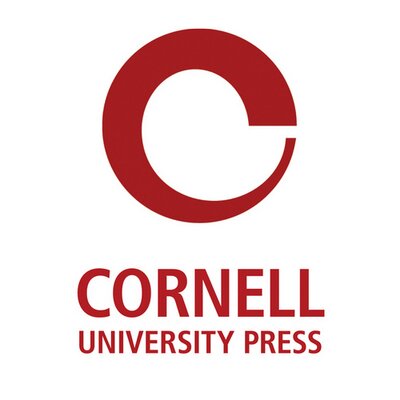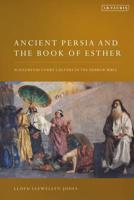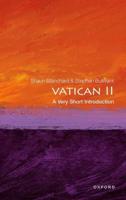Publisher's Synopsis
The history of monastic institutions in the Middle Ages may at first appear remarkably uniform and predictable. Medieval commentators and modern scholars have observed how monasteries of the tenth to early twelfth centuries experienced long periods of stasis alternating with bursts of rapid development known as reforms. Charismatic leaders by sheer force of will, and by assiduously recruiting the support of the ecclesiastical and lay elites, pushed monasticism forward toward reform, remediating the inevitable decline of discipline and government in these institutions. A lack of concrete information on what happened at individual monasteries is not regarded as a significant problem, as long as there is the possibility to reconstruct the reformers' ''program.'' While this general picture makes for a compelling narrative, it doesn't necessarily hold up when one looks closely at the history of specific institutions.
In Monastic Reform as Process, Steven Vanderputten puts the history of monastic reform to the test by examining the evidence from seven monasteries in Flanders, one of the wealthiest principalities of northwestern Europe, between 900 and 1100. He finds that the reform of a monastery should be studied not as an "exogenous shock" but as an intentional blending of reformist ideals with existing structures and traditions. He also shows that reformist government was cumulative in nature, and many of the individual achievements and initiatives of reformist abbots were only possible because they built upon previous achievements. Rather than looking at reforms as "flashpoint events," we need to view them as processes worthy of study in their own right. Deeply researched and carefully argued, Monastic Reform as Process will be essential reading for scholars working on the history of monasteries more broadly as well as those studying the phenomenon of reform throughout history.











